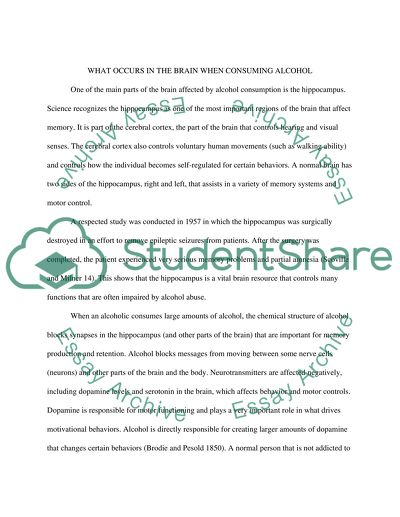Cite this document
(“An analysis of alcoholism and its effects on behavior and memory Research Paper”, n.d.)
Retrieved de https://studentshare.org/psychology/1404158-alcoholism-research
Retrieved de https://studentshare.org/psychology/1404158-alcoholism-research
(An Analysis of Alcoholism and Its Effects on Behavior and Memory Research Paper)
https://studentshare.org/psychology/1404158-alcoholism-research.
https://studentshare.org/psychology/1404158-alcoholism-research.
“An Analysis of Alcoholism and Its Effects on Behavior and Memory Research Paper”, n.d. https://studentshare.org/psychology/1404158-alcoholism-research.


